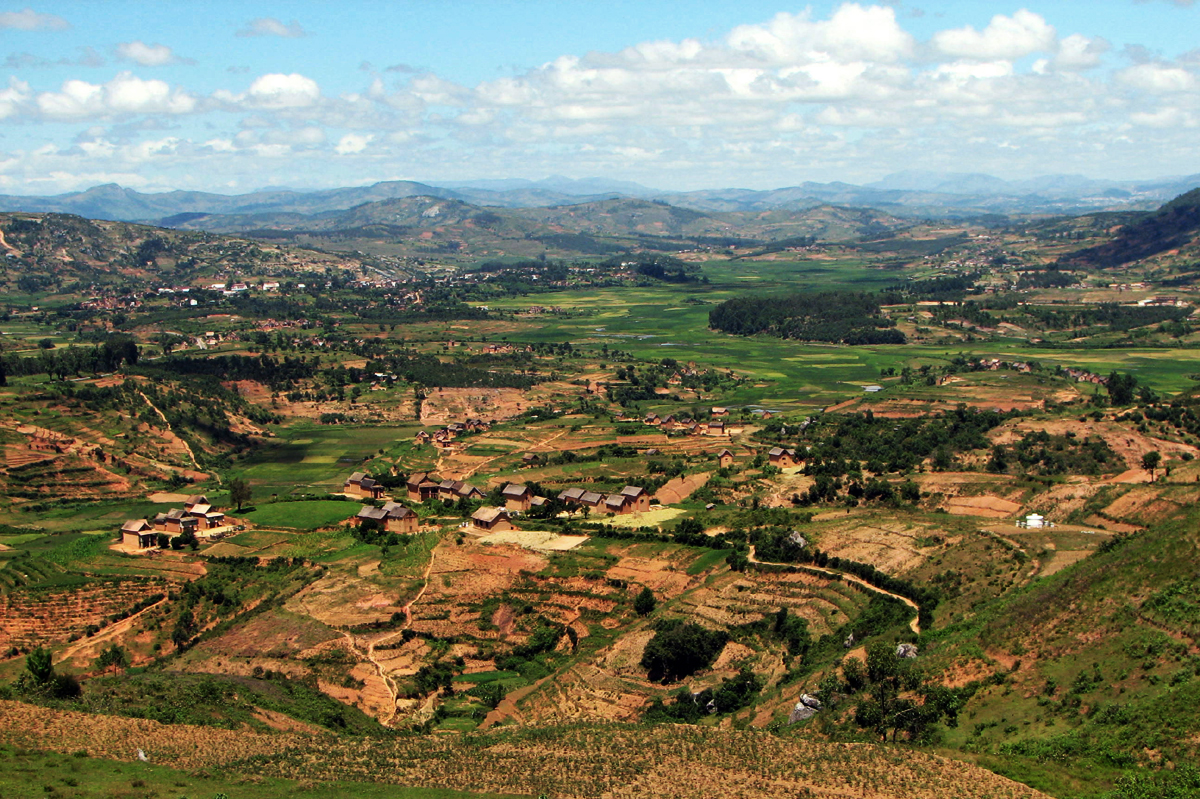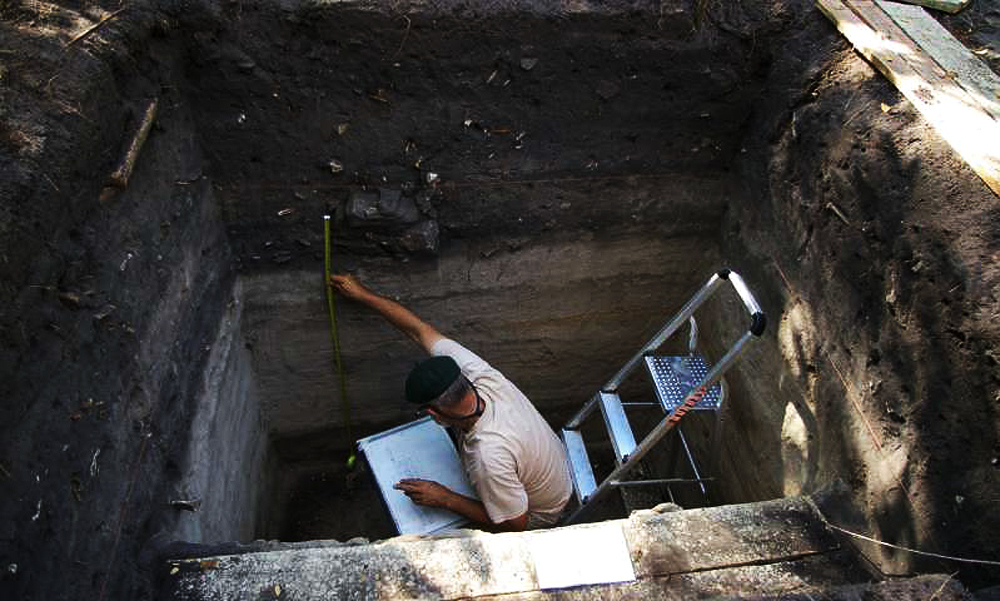


Madagascar reveals Southeast Asian roots
|
An article on phys.org - Remains of rice and mung beans help solve a Madagascan mystery - reports that researchers have helped solve one of the enduring mysteries of the ancient world: why the inhabitants of Madagascar speak Malagasy, a language otherwise unique to Southeast Asia and the Pacific - a region located at least 6,000 km away.

An international research team has identified that ancient crop remains excavated from sites in Madagascar consist of Asian species like rice and mung beans. This is thought to be the first archaeological evidence that settlers from South Asia are likely to have colonised the island over a thousand years ago. The findings are published in the journal Proceedings of the National Academy of Sciences.
Madagascar reveals Southeast Asian roots. Why the inhabitants of #Madagascar speak Malagasy https://t.co/edFdDcEDBD pic.twitter.com/aa5ksaeYY5
— Bradshaw Foundation (@BradshawFND) May 31, 2016
Genetic research has confirmed that the inhabitants of Madagascar do indeed share close ancestry with Malaysians, Polynesians, and other speakers of what is classed the Austronesian language family. To date, archaeological research has identified human settlements in Madagascar that belong to the first millennium. There are also findings suggesting that Madagascar may have been occupied by hunter-gatherers who probably arrived from Africa by the first or second millennium. Until now, however, archaeological evidence of the Austronesian colonisation has been missing.
The team were able to identify the species of nearly 2,500 ancient plant remains obtained from their excavations at 18 ancient settlement sites in Madagascar, on neighbouring islands and on the eastern African coast. They examined residues obtained from sediments in the archaeological layers, using a system of sieves and water. They looked at whether the earliest crops grown on the sites were African crops or were crops introduced to Africa from elsewhere. They found both types, but noted a distinct pattern, with African crops primarily concentrated on the mainland and the islands closest to the mainland. In Madagascar, in contrast, early subsistence focused on Asian crops. The data suggested an introduction of these crops, both to Madagascar and the neighbouring Comoros Islands, by the 8th and 10th century.
Senior author Dr Nicole Boivin, from the School of Archaeology at the University of Oxford and Director of the Department of Archaeology at the Max Planck Institute for the Science of Human History, stated that Southeast Asians clearly brought crops from their homeland and grew and subsisted on them when they reached Africa. This means that archaeologists can use crop remains as evidence to provide real material insights into the history of the island. This research distinguishes the island's Southeast Asian settlement from settlements by mainland Africans.

Residues of plant remains were obtained from sediments in the archaeological layers. Image: Nicole Boivin
This research also shows that Southeast Asians colonised not only Madagascar but also the nearby islands of the Comoros, because again the crops that grew there were dominated by the same Asian species. By contrast, crops identified on the eastern African coast and near coastal islands like Mafia and Zanzibar were mainly African species like sorghum, pearl millet and baobab.
COMMENTS |
|











